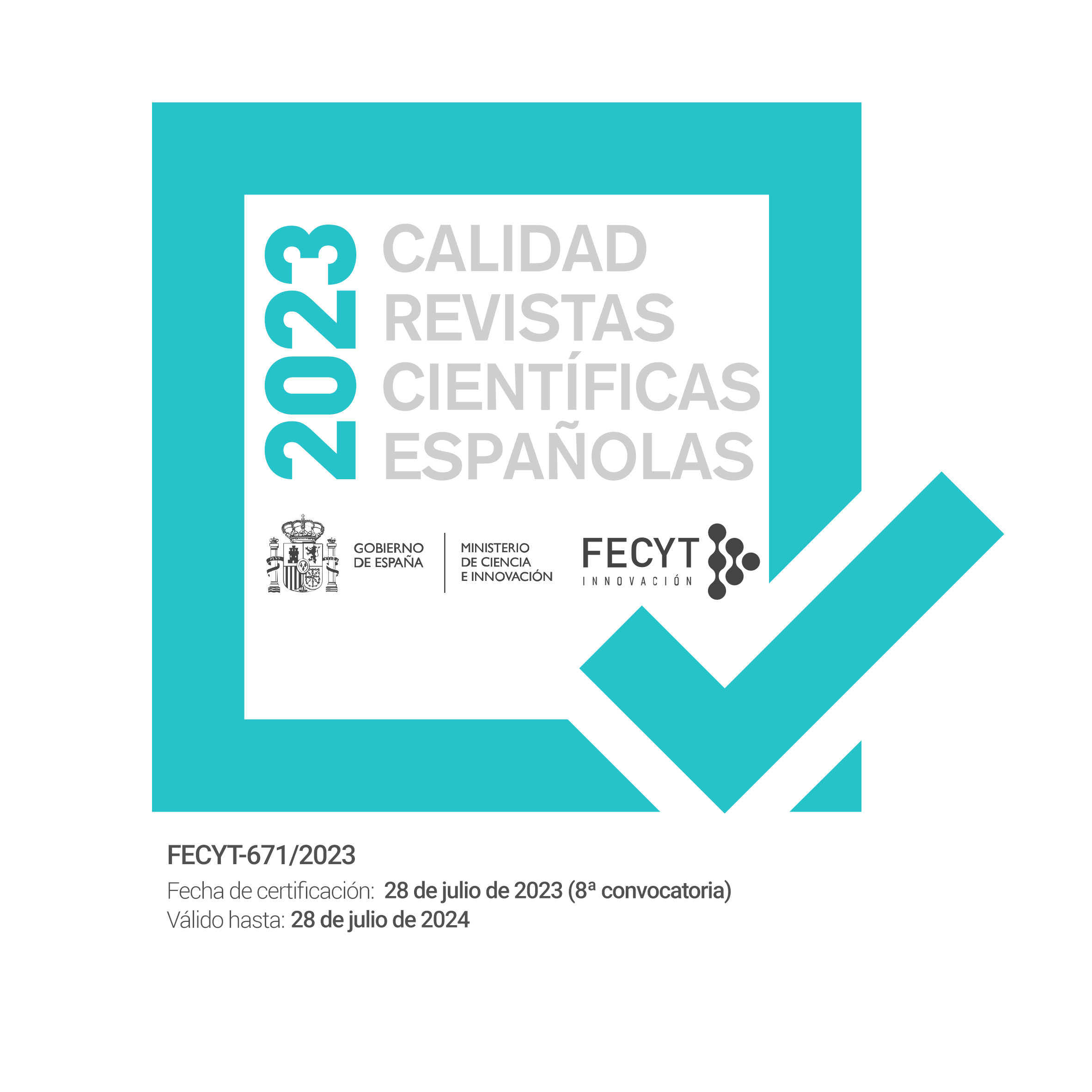The convention on the rights of persons with disabilities (CRPD) and Qatar's domestic legislation: the potential impact on the main legal domains
DOI:
https://doi.org/10.17561/tahrj.n9.2Keywords:
Disability, Qatar, Human Rights, United NationsAbstract
Equal rights for persons with disabilities is the ultimate goal mandated by the CRPD, and it can probably be gradually achieved in Qatar as steps are taken towards reconsidering the approach to disability at large. This paper examines what impact the CRPD has on the country’s legislation. To that end, we explore how the sensitive domains –health, education, employment, and justice– need to be re-evaluated in light of the CRPD, where recent improvements in the rights of persons with disabilities in Qatar can enable compliance and where the greater challenges lie. We maintain that although legal reforms are needed for Qatar to comply with CRPD, within existing legislation there is notable potential to accommodate particular amendments that could significantly assist the move towards CRPD compliance. We suggest some structural steps aimed at improving compliance, consisting of the establishment of specific institutions, the promotion of associations that represent persons with disabilities and, above all, advancement of a fundamental shift in the way disability is perceived by society, moving away from the old medical notion of disability with its focus on special features and rehabilitation and instead adopting the social model that mandates inclusion and equality.
References
Al Attiyah A. and Mian M. (2009). “Disability in the State of Qatar”, in Marshall C.A. et al. (eds), Disabilities. Insights from Across Fields and Around the World, vol. 3 “Responses: Practices, Legal, and Political Frameworks”, Praeger, Westport.
Ortoleva S. (2011). “Inaccessible Justice: Human Rights, Persons with Disabilities and the Legal System”, LSA Journal of International & Comparative Law, vol. 17:2.
Quinn G. (2009). “An Ideas Paper on Legal Capacity”, Disability, European Foundation Center, Brussels. Available at
http://www.inclusionireland.ie/sites/default/files/attach/basic-page/846/anideaspaperbygerardquinnjune2009.pdf (last accessed March 29, 2017).
Sharkey T. (2017., “Mental Health Strategy and Impact Evaluation in Qatar”, Bjpsych International, Volume 14, Number 1, February.
Snoj J. (2013). “Population of Qatar by Nationality”, BQ Magazine. Business in Qatar and Beyond, December 18. Available at http://www.bq-magazine.com/economy/2013/12/population-qatar (last accessed May 31, 2016).




























